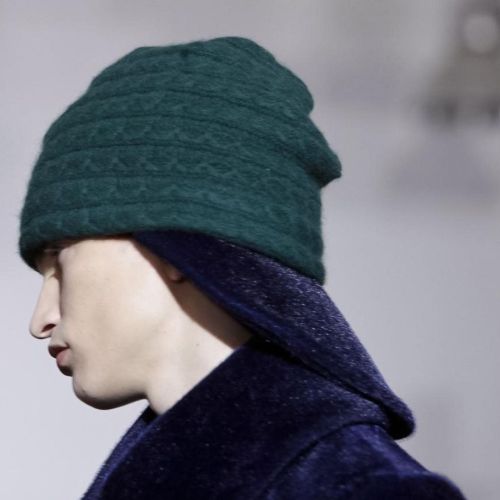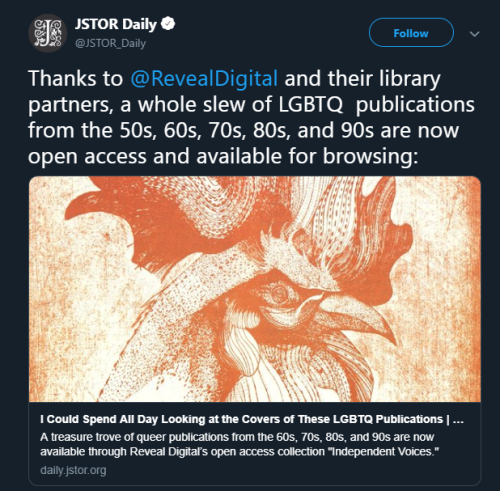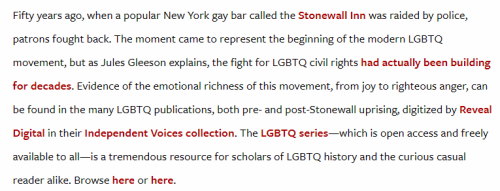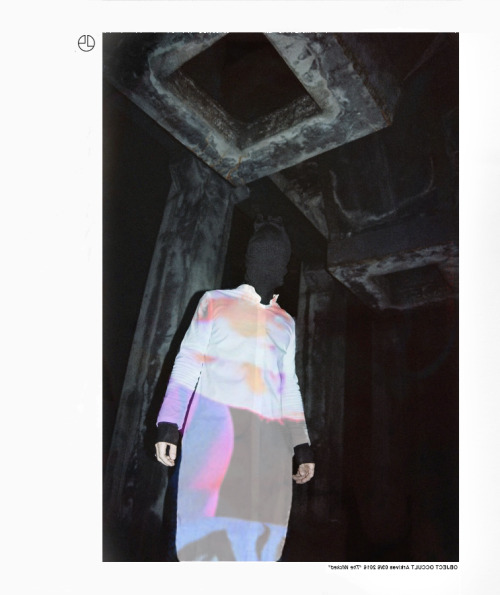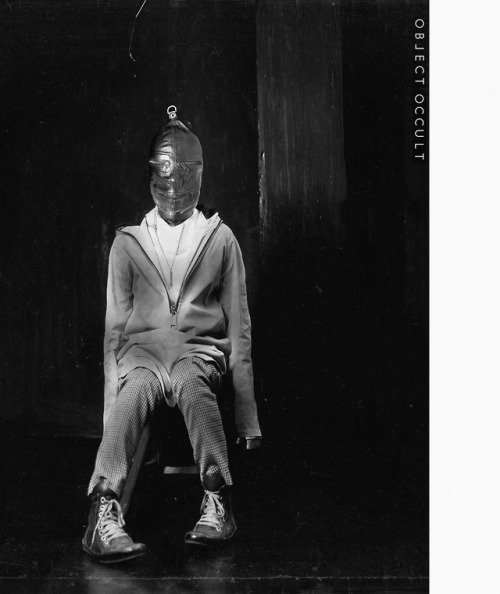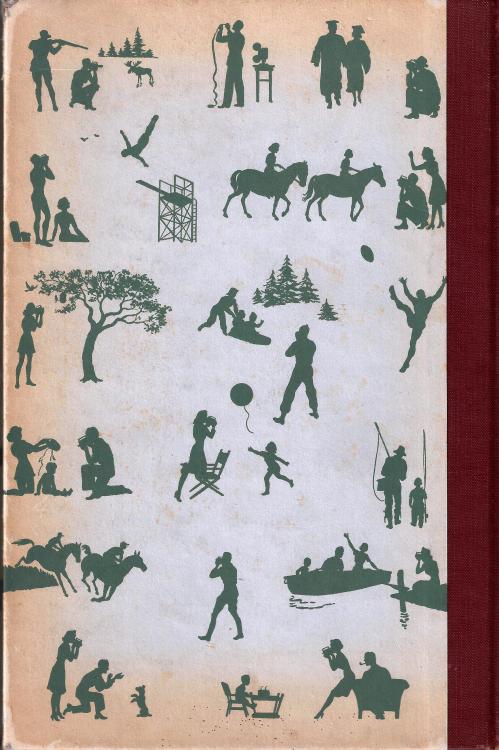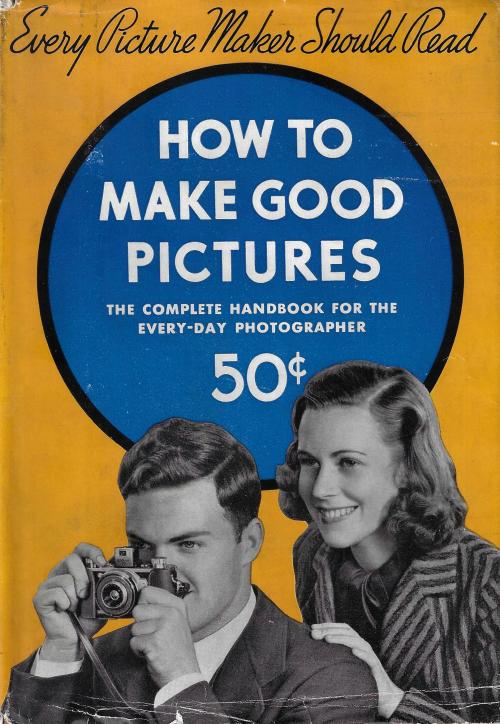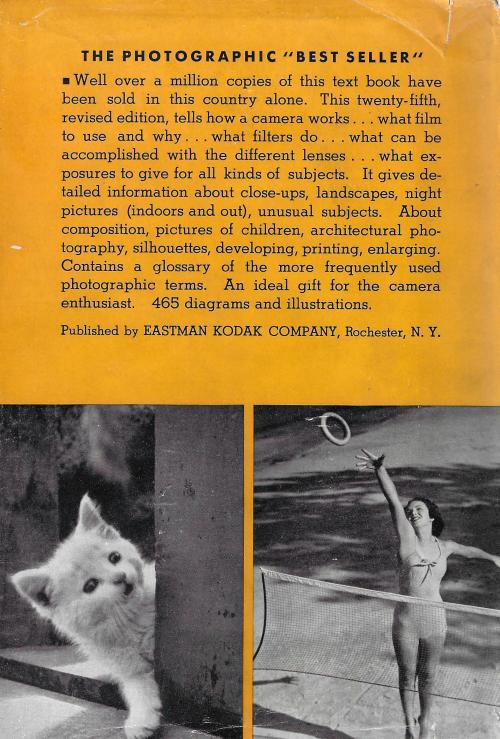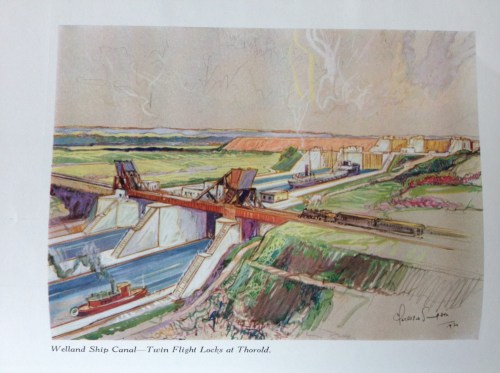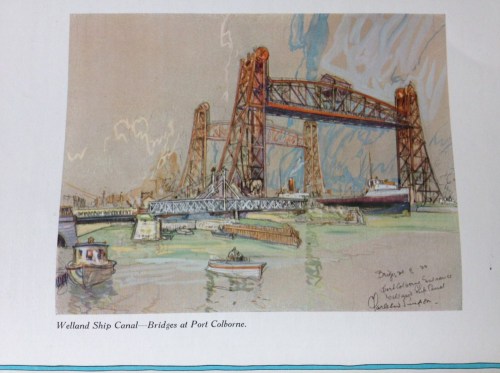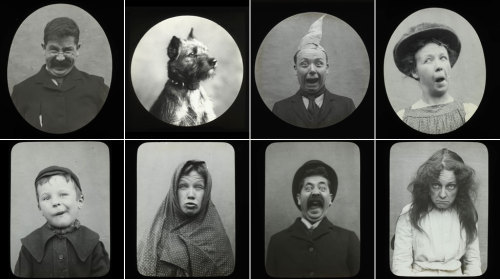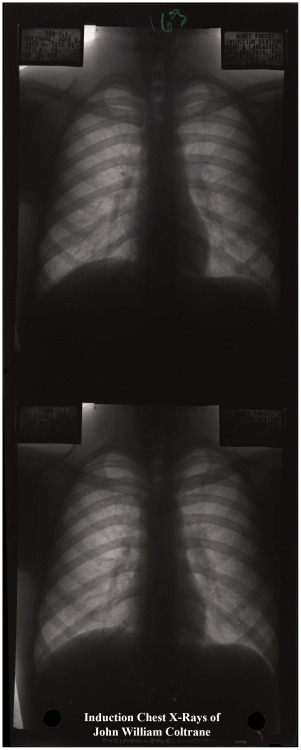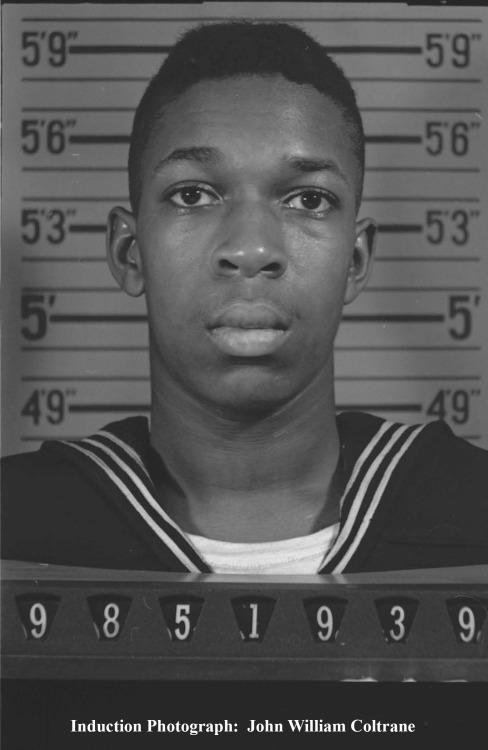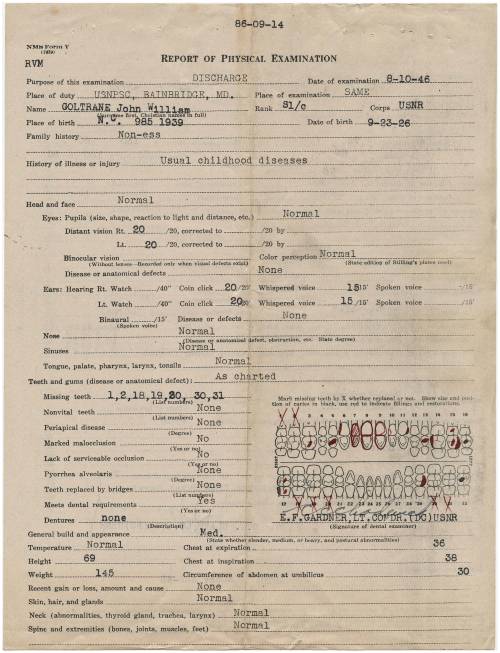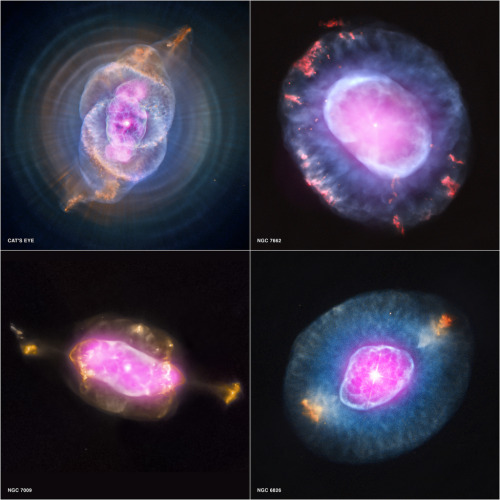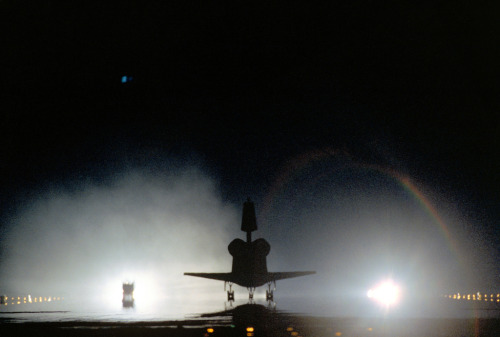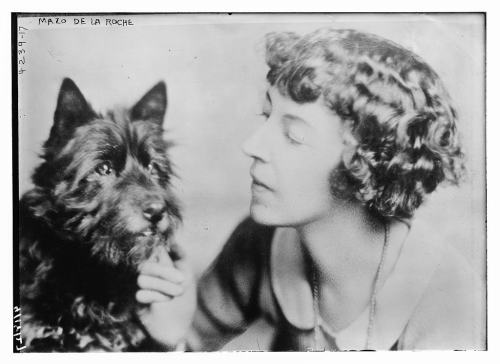#archives
Raf Simons Ss2013 he collaborate with the ecom MrPorter. The photographer was Jeff Hahn and shoot the 13th pieces of the line in a Japanese style shooting.Styled by Madeleine Ostlie, modeled by Dylan Hartigan.Make up artist was Daniele Kahlani, hair stylist was Jose Quijano, Set designer was George Lewin, fashion assistant Jimmy Freud and photographer assist Simona Blasio.
.
.
.
#rafsimons
#rafsimonscollections
#rafbyfar #rafsimonsarchive #archive #archives
#raf #grailed #rafsimonsarchives
@rafsimons
https://www.instagram.com/p/CMwwwXfgZdX/?igshid=l242zf3q46q0
Post link
Raf Simons Ss2013 sneakers collection.
.
.
.
#rafsimons
#rafsimonscollections
#rafbyfar #rafsimonsarchive #archive #archives
#raf #grailed #rafsimonsarchives
@rafsimons
https://www.instagram.com/p/CMuN3L3gRny/?igshid=cu3wnghfdcai
Post link
Holo runners 2013. Oneof the most famous running shoes from Raf Simons. Just before he lainched his first Dior Collection . The sneakers are inspired by bright colorfull palette. Vogue refrred to the sneakes as a conversion between Raf Simons man collection and Dior Woman. The collection was more bold than the previous which was produced along with Asics.
.
.
.
#rafsimons
#rafsimonscollections
#rafbyfar #rafsimonsarchive #archive #archives
#raf #grailed #rafsimonsarchives
@rafsimons
https://www.instagram.com/p/CMuL2zqAaek/?igshid=15ard8l7tjg9l
Post link
THE FACEs : Raf Simons SS2013
.
.
.
#rafsimons
#rafsimonscollections
#rafbyfar #rafsimonsarchive #archive #archives
#raf #grailed #rafsimonsarchives
@rafsimons
https://www.instagram.com/p/CL97YAgABDt/?igshid=mgl1s0ulnzr0
Post link
The back … details of the back of the models of FW2012/2013 Run Fall Run . .
.
#rafsimons
#rafsimonscollections
#rafbyfar #rafsimonsarchive #archive #archives
#raf #grailed #rafsimonsarchives
@rafsimons
https://www.instagram.com/p/CLUDc1OgNkk/?igshid=1udd9qzdtebx4
Post link
The hat of Raf Simons FW2012/2013 colection Run Fall Run .
.
.
.
#rafsimons
#rafsimonscollections
#rafbyfar #rafsimonsarchive #archive #archives
#raf #grailed #rafsimonsarchives
@rafsimons
https://www.instagram.com/p/CLB9u_SgT8e/?igshid=bz6krgv7lkt9
Post link
This past month, the Archives division at the JFK Library welcomed six volunteer library science graduate students as part of Preservation Week. We sat down with Archivist & Oral History Coordinator Jennifer Marciello to talk about their work and what they discovered.
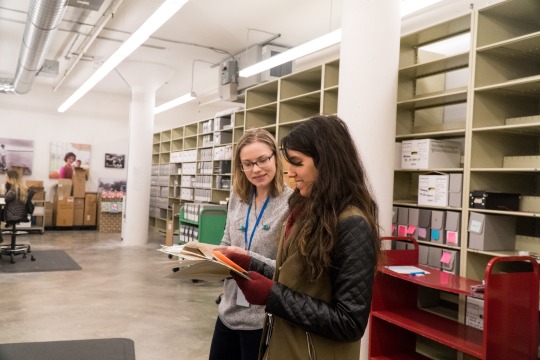
How did Preservation Week come about?
In the Archives Division here at the Library, we have a Preservation Subcommittee whose focus is to identify and document any preservation concerns in our historic collections and come up with plans to address them. In doing this, we noticed that there were some very sizable collections with issues that needed to be addressed, but were too large for any one staff member to take on.
This is where the idea for Preservation Week came from. Instead of one staff member devoting weeks, months or, in some cases, years to one project, we devised a program that would get archival staff and interns involved in working on a specified project for one week out of each semester – three times a year – with the goal of completing the preservation tasks. This program has a dual benefit of allowing interns the opportunity to work and collaborate on a larger shared project, while at the same time completing necessary preservation tasks that do not normally fit into current workflows.
This time, along with some of our archival staff and paid interns, we had the help of Alternative Spring Break volunteers, which is a program that NARA (National Archives and Record Administration) coordinates to provide students with an opportunity to work at a NARA facility. This year, our volunteers were from the Library and Information Science Graduate Programs at Simmons College in Boston, and at Wayne State University in Detroit.
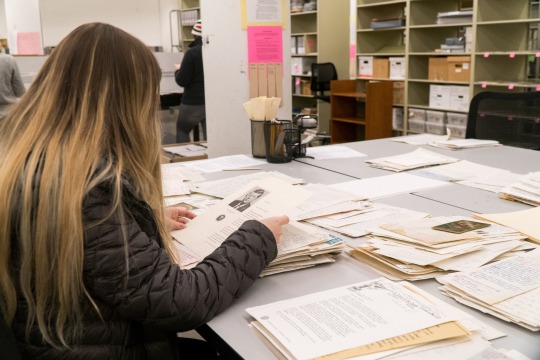
What was the collection you worked on for this Preservation Week?
For this Preservation Week, we worked on the John F. Kennedy Condolence Mail Collection. This is the mail received by the White House and Mrs. Kennedy after President Kennedy’s assassination, and reflects the world-wide reaction to the death of President Kennedy. Previously, it had been minimally processed, which meant that many boxes were still inaccessible to researchers, and there were some significant preservation issues that needed to be addressed.
How large is the collection?
When we started, the collection was roughly 200 cubic feet. This past Preservation Week, we were able to reorganize 120 boxes of mail (60 cubic feet) – specifically the letters D through P. Since we began the program as a whole, we’ve reorganized and made accessible over 160 boxes (80 cubic feet of material) – the letters A through P. We have about two more rounds of Preservation Week to finish out the alphabet. By the Fall, we’re hoping to have all of the domestic letters in the collection – letters sent from the US – sorted, alphabetized, preserved and accessible to researchers.
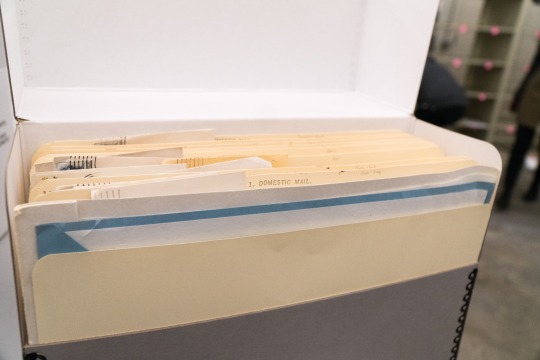
When you were sorting the letters, did you come across anything surprising or especially notable?
I think the takeaway from the project for many of the volunteers who worked with it was the overall outpouring of grief as well as the personal nature of many of the letters, people relating personal stories, offering prayers, aid or asking for help. The majority of the writers discussed their love of the President, and the sadness and grief that they as American citizens felt. Many of the volunteers who worked on this project mentioned that they wouldn’t think of writing to the President or First Lady in this capacity, or feel as personally connected to a politician or political family in this day and age.
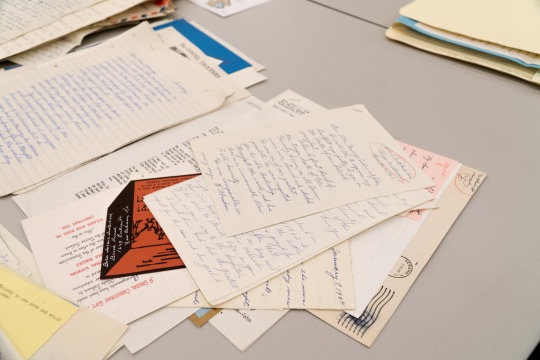
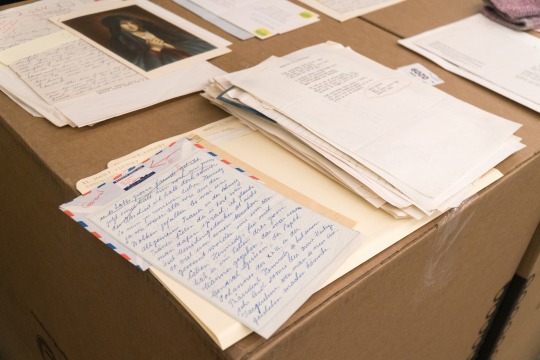
What’s the importance of processing this collection?
Over the years, we’ve found that most of the requests we get to access this collection are from individuals looking for the letters that either they sent or that their family members sent to Mrs. Kennedy. The collection was originally sorted by type – for example, letters with Mass cards, or poems, or drawings, or written by children. We found that with the reference requests we were getting, most people remembered they wrote a letter, but they didn’t remember specifically if they sent a mass card, or wrote a poem, etc. So by reorganizing the collection alphabetically by last name of the individual, Library staff can easily search through a few boxes instead of 200 cubic feet of material. It’s a huge accomplishment and will be of immense help in helping the public find their letters!
It’s snowing outside and a decent sized show at the Queens Museum just came down last week involving the World’s Fair and the legacy of Eastman Kodak. Collections material is awaiting to be put back but here are some scans of vintage photography books before they go back into their boxes.
Post link
Mammal Monday, Camel.
“Please, pay no attention to that man behind the curtain.”
© The Field Museum, Z79948
Head of camel sticking out of a curtain near the door of a brick building. Hand of a man in the lower left corner. Lincoln Park Zoo. 1900.
4x5 inch glass negative
1900
Post link
Also pictured are some pages from a booklet about the Welland Ship Canal in Canada, published in 1932 by the Minister of Railways and Canals, and printed by F. A. Acland (“Printer to the King’s Most Excellent Majesty”).This item from the Madden Collection is something that Robert Sears, an expert on Canadian canals, had never seen before, so we are pleased to be able to share it now.
An update from the Erie Canal Museum, a 2013 CLIR Hidden Collections Recipient.
Post link
Victorians often looked grim and staid - people from another era. But curator Chris Wild offers a fascinating snapshot of family life that reveals the Victorians and Edwardians were often more modern than we think
***
Nothing is known for certain about this set of beguiling portraits (above) - they have no supporting text or provenance or description of any kind. In my view, none is required. What we can say for certain is that here are our ancestors clowning around, more than 100 years ago. This is very rare for Victorian and Edwardian photographs. Why? Because even though exposure times had rapidly decreased across the 19th Century, photography was still an activity primarily practised by photographers rather than everyone. This was to change, and the introduction of Kodak’s Box Brownie camera in 1900 facilitated that change and made the snapshot possible. Still, for many people, having one’s photograph taken was a rare event before 1914.
Perhaps these images were test shots for a professional photographer. Whatever the case, as outliers to photographic history, they tear a hole in our map of the past, a hole in which we see our predecessors as charmingly human. For an added bonus, one of the pictures is of a hound..
Day out at the gallows and other bygone photographic oddities–BBC News
Post link
PEP (Person of Exceptional Prominence) Spot Light:
John Coltrane (September 23, 1926 – July 17, 1967)Legendary jazz performer and inductee to the Jazz Hall of Fame, John Coltrane is one of the most dominant figures that has influenced generations of jazz musicians. Prior to his association with musical greats like Dizzy Gillespie, Johnny Hodges, and Earl Bostic, John Coltrane entered military service in 1945 and played in the Navy jazz band while stationed in Hawaii.
When Coltrane entered military service, all personnel were required to have a chest x-ray as part of their induction requirements. Within John Coltrane’s record, one such x-ray exists. As the reformatting staff of the Preservation Programs at St. Louis scanned his military record for public use, his x-ray was scanned also. There are several preservation reasons why x-rays are scanned. First, the x-ray is part of Coltrane’s file, and thus an integral part of his historical record which is available to the public. Secondly, providing a scanned image eliminates the need for a user to wear clean gloves so no oils from their hands would transfer onto the silver emulsion of the x-ray. Secondly, the base that the x-ray film is on is acetate film (a.k.a Safety Film) which decomposes over time letting off gases that smell like vinegar hence, the commonly used term “vinegar syndrome”. Vinegar Syndrome occurs when acetic acid is released from the acetate based film leading to the vinegar smell. This deterioration makes the plastic film base brittle, buckle, shrink, and liquefy. Keeping the film in a controlled environment helps reduce the continuation of the base’s degradation. Lastly, the x-ray can be scratched easily if not handled appropriately.
On occasion, the x-rays are digitally enhanced so the image is clearer, and in doing so, helping the researcher and improving public access. These documents and x-rays are placed on DVDs so researchers can access exact replicas and prevent damage to the original document.
Post link
Opening night visitors view a parade of recent fashions in the “Suiting Everyone” exhibit at the National Museum of History and Technology, now the National Museum of American History. The exhibition opened September 23, 1974 and depicts 200 years of evolution and revolution in design, production and marketing of American clothing.
Post link
This gallery shows four planetary nebulas from the first systematic survey of such objects in the solar neighborhood made with NASA’s Chandra X-ray Observatory. The planetary nebulas shown here are NGC 6543 (aka the Cat’s Eye), NGC 7662, NGC 7009 and NGC 6826. X-ray emission from Chandra is colored purple and optical emission from the Hubble Space Telescope is colored red, green and blue. A planetary nebula is a phase of stellar evolution that the sun should experience several billion years from now, when it expands to become a red giant and then sheds most of its outer layers, leaving behind a hot core that contracts to form a dense white dwarf star.
A wind from the hot core rams into the ejected atmosphere, creating the shell-like filamentary structures seen with optical telescopes. The diffuse X-ray emission is caused by shock waves as the wind collides with the ejected atmosphere. The properties of the X-ray point sources in the center of about half of the planetary nebulas suggest that many central stars responsible for ejecting planetary nebulas have companion stars.
[x]
Post link
STS-93 Landing (July 27, 1999) Space Shuttle Columbia’s STS-93 mission landed at the Kennedy Space Center. Launched on July 23, 1995, STS-93 was the first shuttle mission commanded by a woman, Col. Eileen M. Collins. The main goal of the mission was to deploy the Chandra X-Ray Observatory, a telescope designed to detect X-ray emission from extremely hot areas of the Universe, such as exploded stars. The astronauts also experimented on several plants, and took ultraviolet images of the Earth, the Moon, Mercury, Venus, and Jupiter.
Image # : sts093-s-010 http://flic.kr/p/wiHFSH
Post link
Repository: Library of Congress, Prints and Photographs Division, Washington, D.C. 20540 USA, http://ift.tt/rj4ynT
Post link
Check out the newest addition to our Digital Library - the Charles E. Mudie Papers, 1816-1897.
The Charles E. Mudie Digital Collection is comprised of correspondence, visual materials, and documents. This gathering of materials shed light on the management of Mudie’s Select Library, an innovative library that pioneered the concept of a circulating system operated by membership, as well as Mudie’s wide network of subscribers. The correspondence between Mudie, his family, and prominent 19th century literary English figures provides an ample view of the literary and publishing milieu during the Victorian era.
https://digital.library.illinois.edu/collections/3ae9f2b0-30b4-0138-7141-02d0d7bfd6e4-9
#specialcollections #rarebooks #archives #digitalcollections #mudie
https://www.instagram.com/p/CZKNXhJLOtn/?utm_medium=tumblr
Post link






